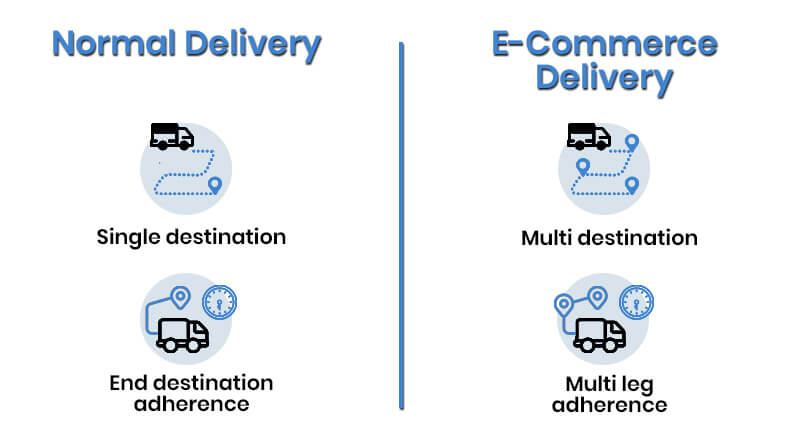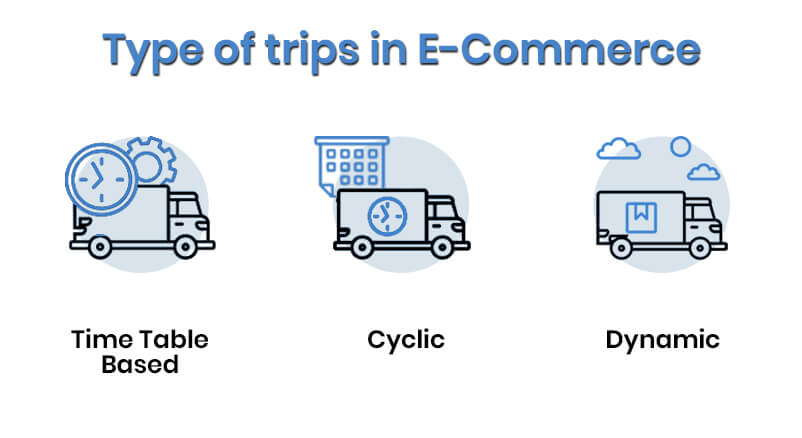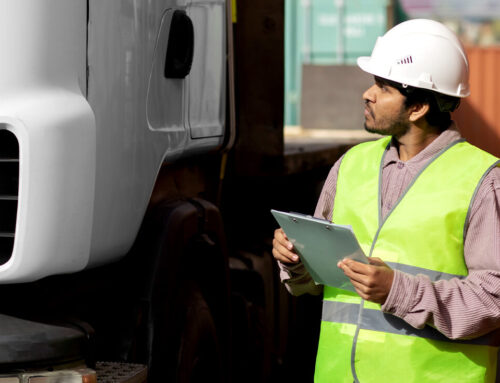In today’s hyper-connected world, where you can order a book, a coffee grinder, and even a pair of shoes with just a few taps, there’s an invisible infrastructure behind the scenes making it all happen. The logistics that power platforms like Amazon, Flipkart, and an ever-growing number of direct-to-consumer (D2C) brands are nothing short of a modern marvel. But with this convenience comes a challenge: logistics operations are no longer simple. They’re a complex web of loading, unloading, and multiple delivery points, and the demand for efficiency has never been greater.
Imagine a single shipment navigating through multiple pickups and drop-offs before it reaches your doorstep. This network of routes can be constantly evolving—new addresses, new customer expectations, new constraints. This is the reality that e-commerce businesses face today, and it’s a world where maintaining timely deliveries, optimizing routes, and ensuring cargo integrity are mission-critical. Why? Because in this ecosystem, timing isn’t just everything—it’s the only thing. Delays don’t just slow down operations; they disrupt the entire supply chain.
And it’s not going to get easier. As e-commerce continues to grow, so too does the complexity of logistics. Every delivery, from the first mile to the last, must be precisely coordinated to meet the needs of the business—and the expectations of the customer. Welcome to the 21st century’s logistical revolution.
Normal vs Multi-Leg Deliveries: The New Frontier

For industrial FTL loads, logistics tend to be straightforward. A truck had one shipment, one destination, and one Estimated Time of Delivery (ETD). The driver could take their time—give or take a few hours—so long as the goods arrived at the final destination.
But e-commerce has its complications. In this world, precision is everything. Multi-leg deliveries—where each leg of the journey has its own set of deadlines—are the new normal. Drivers now have to meet strict time requirements for each pickup and drop-off, because every delay at one point creates a domino effect across the entire operation. And that’s where the stakes get really high: revenue is tied directly to timeliness, and any hiccup along the way can lead to costly penalties for carriers.
Multi-leg deliveries require a fundamentally different approach, and it all comes down to one key ingredient: scheduling. Getting that right is the difference between a successful, scalable e-commerce business and one bogged down by inefficiency.
The Art of Scheduling in E-commerce Logistics
So, how do you manage this multi-legged beast of a logistics network? It’s a lot like orchestrating a symphony, where timing, coordination, and precision are paramount. And like any good conductor, e-commerce logistics operations have a few different ways to keep the music playing smoothly.
Fixed Timetable
In this case, the scheduling is tightly defined. Fleets operate like clockwork—departing at predetermined times, no matter what. That means if there’s a delay in the loading process, the entire schedule could be thrown off. In this system, efficiency isn’t just a nice-to-have, it’s a must-have. It’s a tightrope walk where any slip-up can cost valuable time and money.

Cyclic Timetable
In this method, fleets move in regular, repeating cycles—leaving the warehouse every Tuesday or Thursday, for example. Think of it as the heartbeat of logistics operations. This approach benefits from repetition: once you’ve optimized the route, you can rely on it to work again and again. It’s predictable and efficient, and it removes a lot of the guesswork. But even the best-laid plans need tweaking from time to time, because the world is constantly changing.
Dynamic Timetable
Then there’s the dynamic approach—fluid, flexible, adaptable. Here, start times can vary depending on the specific needs of the day. But once the journey starts, drivers must still adhere to strict timelines between delivery points. This method is perfect for businesses that prioritize cost-efficiency over speed. The key challenge here is constant monitoring and adaptability, because the ability to adjust on the fly is what keeps this system running smoothly.
Revolutionizing Ecommerce Logistics with AI
So, where does AI fit into this picture? Well, if e-commerce logistics is an orchestra, AI is the modern maestro. It’s the tool that allows companies to anticipate problems before they arise, optimize routes in real time, and ensure that every leg of the delivery process stays on track. With AI, logistics operations are no longer reactive—they’re proactive.
AI-powered platforms like Axestrack’s xSwift are designed to manage the complexities of e-commerce logistics by analyzing historical data and real-time inputs from IoT devices. In other words, they don’t just tell you where your trucks are—they tell you where they should be, where they could be, and how to get there most efficiently.
Design Flexibility
Every business is different, and that’s why xSwift offers a low-code/no-code architecture that allows companies to design scheduling solutions that are tailor-made for their specific needs. It’s like having a custom-built toolkit that adapts to the ever-changing demands of your business.
Scheduling Flexibility
Whether your logistics operations rely on fixed, cyclic, or dynamic timetables, xSwift has you covered. Its versatility ensures that you can manage your delivery schedule with confidence and efficiency no matter how complex your delivery schedule.
Multi-Leg ETA Visibility
With xSwift, you’re not just tracking the final destination—you’re tracking every leg of the journey. You get complete On Time In Full (OTIF) visibility for each stop, ensuring that delays are caught and corrected long before they become major problems.
Audit Capability
By using Axestrack’s platform, every stop is accounted for, every delay is logged, and every problem has a solution. By capturing detailed data on detention times and causes of delay, xSwift provides the insights you need to streamline your operations and maintain accountability.
The Future of Logistics
As the world of e-commerce grows ever more complex, the ability to manage multi-leg deliveries efficiently will be the difference between success and failure. We are living in an era where speed, precision, and adaptability define the future of logistics. Leveraging AI is no longer a luxury—it’s a necessity.
At Axestrack, we’re at the forefront of this revolution, providing the tools that e-commerce businesses need to stay ahead in a fast-moving world. With AI-driven optimization, real-time monitoring, and comprehensive reporting, we’re helping companies navigate the challenges of multi-leg deliveries with clarity and confidence.
In a world that demands more from logistics than ever before, we’re not just building a better way to deliver packages—we’re building the future of e-commerce itself.





